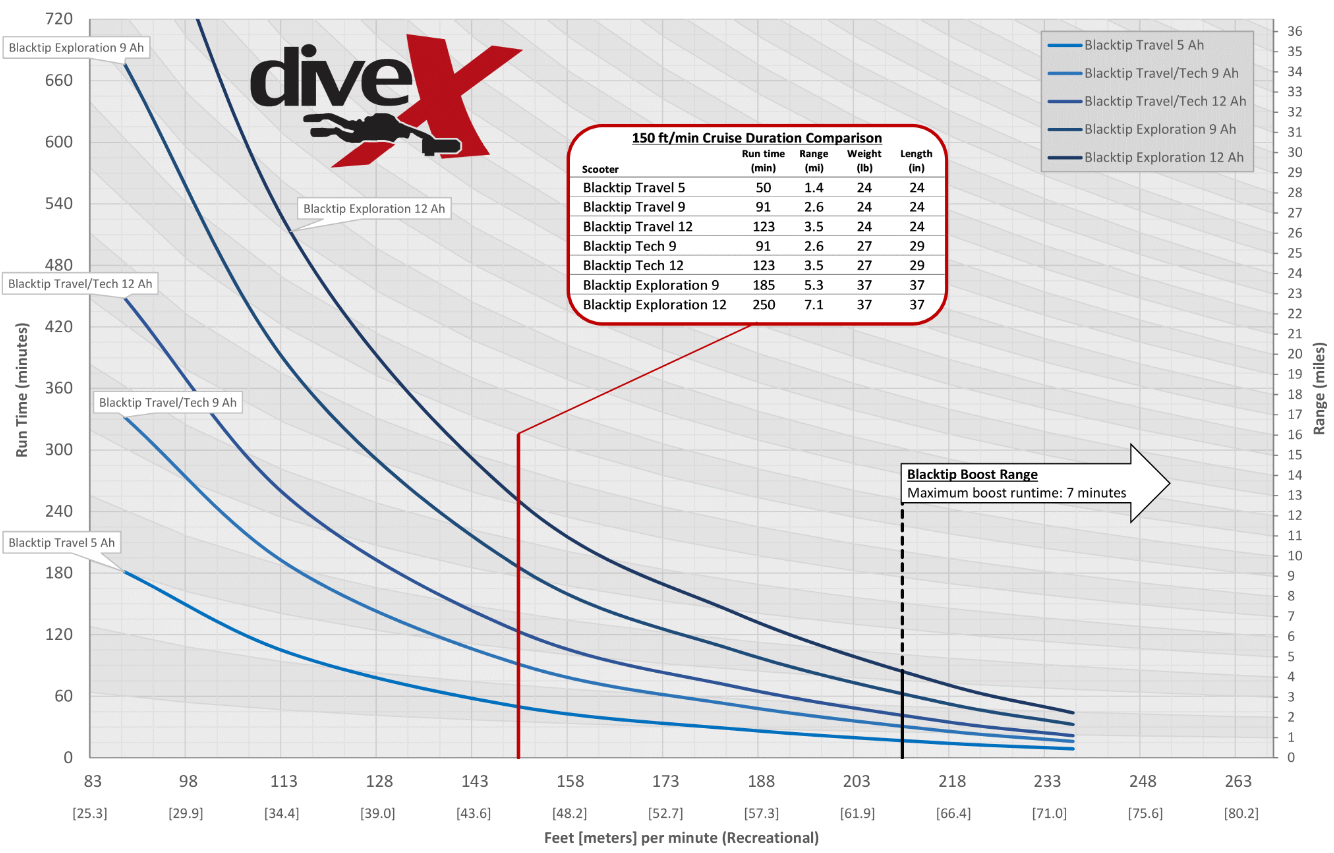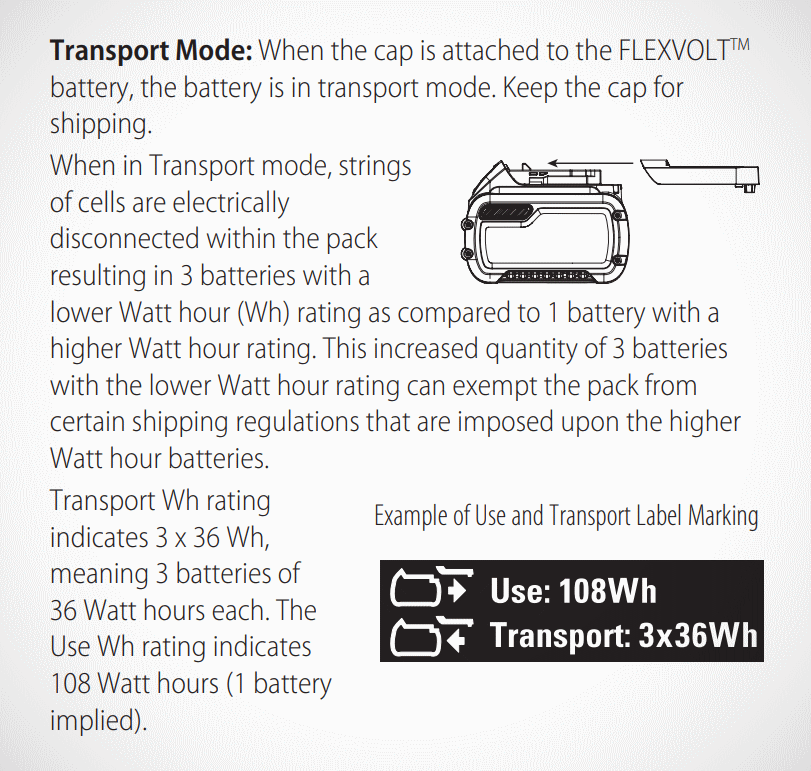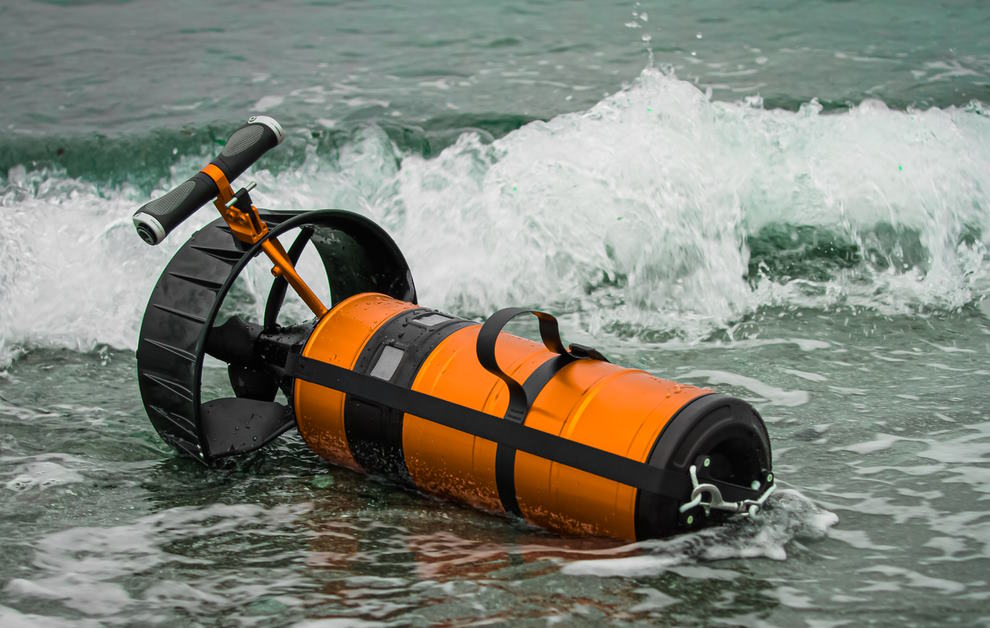Batteries for Dive Xtras scooters
Tips on what to buy and how to treat them
The BlackTip Travel, Tech, Exploration, and the Cuda-X Tech and Exploration scooters all use power tool batteries (PTBs). Some Piranha scooters and the CUDA 400 with a retrofit kit also use these batteries.
This was a great design decision from Dive Xtras as you can easily source replacement batteries anywhere in the world and it keeps costs down.
The following discussion focuses on DeWalt batteries but see below about other brands.
What voltage?
Dive Xtras DPVs require 18V or 20V DCB-type batteries. What’s the difference? Just marketing. In the US, DeWalt market their batteries as 20V Max (the battery can deliver 20V when fully charged). In other countries the same batteries are marketed as 18V XR (the average voltage over the battery’s discharge cycle is 18V).
What Ah?
Compatible PTBs for all the above units come in 5Ah, 6Ah, 9Ah and 12Ah.
In practical terms, Ah is a measure of battery capacity: you can cruise for twice as long with a 12Ah battery than with a 6Ah battery.
Bigger is generally better! BUT, 15Ah batteries don’t fit, and note the travel considerations below.
What charger?
Keep life simple: you’ve got at least two batteries to charge, so get a dual charger (or quad charger).
There are also some fancy chargers around that can charge lots of different types of battery. If you have a friend with knowledge in the area, you might like to ask their advice.
What brand?
Most people seem to choose DeWalt but it’s the expensive option. Dive Xtras has tested a range of other batteries and recommend simply purchasing batteries online. The truth is that whatever brand of DCB battery you buy, inside the plastic cover are almost certainly 18650 batteries produced by yet another manufacturer such as Samsung, Panasonic, LG or Sony.
DeWalt’s transport mode may be an advantage when travelling.
Build your own?
It may be tempting to create your own battery packs. It’s probably not worth it. If you do try, be wary of cramming it with the highest capacity batteries you can find – you also have to consider the maximum discharge rate of the battery. Generally the highest capacity batteries will have a lower maximum discharge rate and a scooter draws a lot of current. That’s just one thing to worry about – building your own packs is dangerous if you don’t know what you’re doing.
Travelling with your scooter batteries
Here’s IATA guidance and FAA guidance on flying with batteries. Some airlines have stricter regulations – check your airline’s regulations early.
If you need extra batteries, you could order them online to be delivered to your destination ahead of time, and then bring them back with you.
What’s a Wh? It’s V × Ah, so an 18V 5Ah battery is 90Wh, and an 18V 9Ah battery is 162Wh.
Some DeWalt batteries have a red transport cap that splits the battery into 3 compartments, each less than 100Wh. Some people have had trouble with these at airports as well so it would be worth taking documentation about them you can share with airline officials, and point out the information on the label about the transport Wh.
Airport officials can sometimes be unconvinced and obstinate. What’s your plan if they take your batteries off you?
Don’t leave your batteries in the scooter!
If you leave your batteries in the scooter, they’ll be slowly discharged by the electronics to the point they become unusable – you won’t be able to recharge them. Some people have surprised their batteries back to life. If you know someone knowledgeable, you might like to ask their advice.
If you’ve set up all your gear and then your dive is cancelled, remember to remove the batteries.
Storing and charging your batteries
For battery longevity, don’t store your batteries fully charged or fully discharged. Some recommend 40% as being ideal.
If you follow the above suggestions, remember to charge your batteries before you go diving – perhaps the night before. If the weather changes and you don’t end up going, remember to remove your batteries from the charger or scooter.
If you have a charger that lets you adjust the charging rate, slower charging is better for the battery.
Also, don’t store them where they’ll get very cold or hot.
Treat your batteries as a team
Buy them together, charge them together, discharge them together, and replace them together.





